Time passes, seasons change, and new information comes out that influences the way we think. Some might say “it’s hard to teach an old dog new tricks”, or that tried and true methods are still the most valid. That being said, it might be time to take a look at some antiquated opinions regarding trail and ultra-marathon races.
- Start slow and then slow down – while you definitely don’t want to start off at marathon pace, this thought process of starting off slow and slowing down isn’t necessarily true. When I first started running ultras people would say, ‘find a comfortable pace and then slow down’. With more experience I’ve learned that doesn’t have to be the case. Find a comfortable pace and run that, the whole time. Even though you’ll slow down later in the race due to fatigue, your ‘comfortable pace’ should be maintained and then even consider pushing as you close in on the finish line. If you manage your nutrition right you should have the legs for it.
- Take an extra minute at aid stops – while blasting through the aid station and leaving unprepared for the next leg of the race is a bad idea, there is no need to linger. Remember, minutes add up. And minutes not moving can have the biggest impact on your finishing time. Try not to sit whenever possible. There is no need for it, you won’t feel better, and you aren’t going to recover enough to make up that lost time. Obviously, do what you need to when changing shoes, dressing blisters, etc. But if all you plan to do is eat and drink, do it moving.
- Drink, drink, drink – according to a new book by Tim Noakes, Waterlogged, many athletes, especially endurance runners, drink way too much. While certain aspects of his book (specifically salt intake) have been challenged, runners in droves are trying out his methods of ‘drink to thirst’ and are seeing drastic performance increases. Speaking personally, I can attest to this. Obviously, there are considerations to take into account (heat, humidity, etc), but leading by the basic principles can reduce stomach issues, retain salt, and increase muscle efficiency.
- Electrolytes are your friend – they are, I will be the first to admit, but only to a certain extent. Research has shown that consuming too many electrolytes does not increase performance because the body won’t store them. Take too many and your body will just pass them along. Not only that, but according to leading energy gel companies, such as Crank Sports e-Gel they are advising that you use one or the other; gel or electrolyte drink, but not both. Using both will offset the body’s chemistry and at the very least cause an upset stomach. So if you want to use gels, drink water. If you want to drink electrolyte drinks, eat real food with it.
- Prepare for the ‘death march’ – this one kills me. There is no reason the last miles of any race have to be a ‘death march’. If you train properly, fuel consistently, and push yourself without going beyond your limits you can not only finish the race strong, but feeling really well. A friend got mad at me after running a 50 miler because I was jogging around the finish area an hour after the race. It wasn’t because I didn’t try hard enough (I reached my goal time), but because I trained well and ran a smart race. And so can you.
Each of these myths could realistically be their own post. If you’d like more information regarding any of these, please leave a comment and I will attempt to address it in a new article. It is possible to run fast AND run far, you just have to know how; and that might mean shedding some of the old concepts regarding ultra-running and racing.



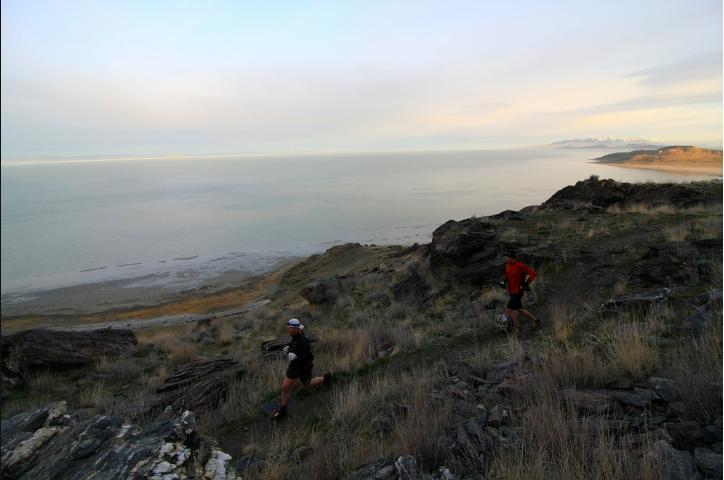
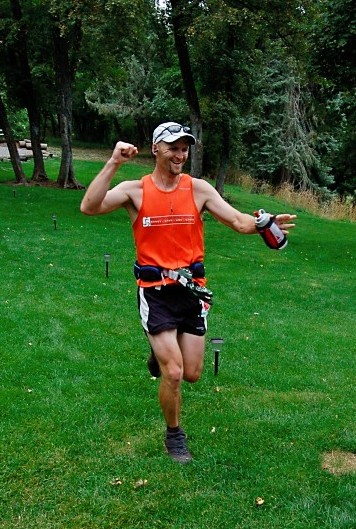










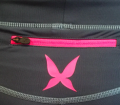

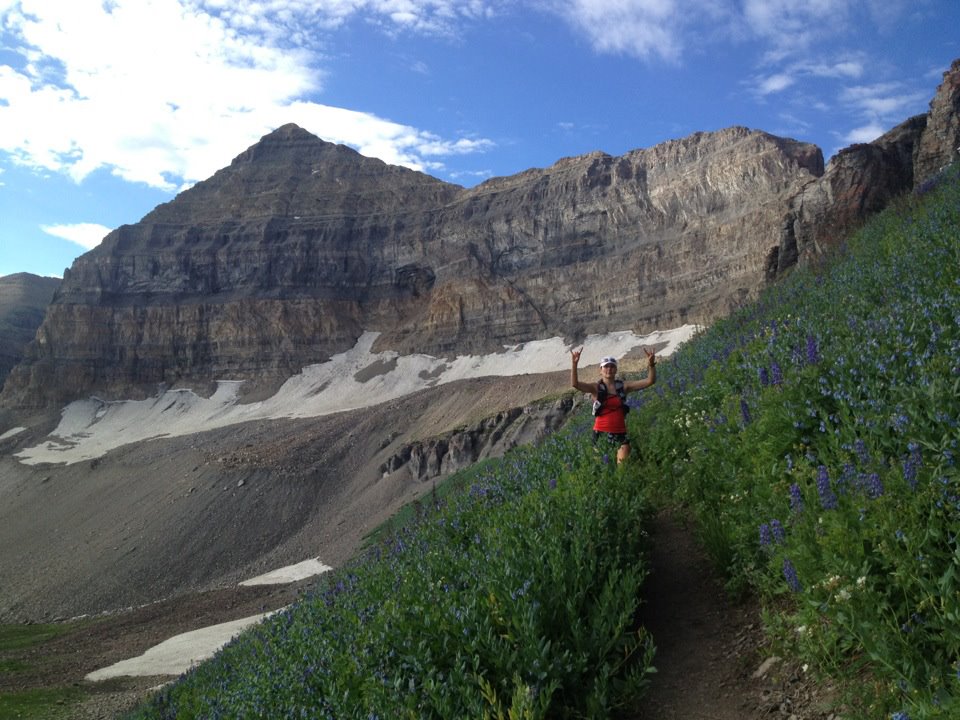
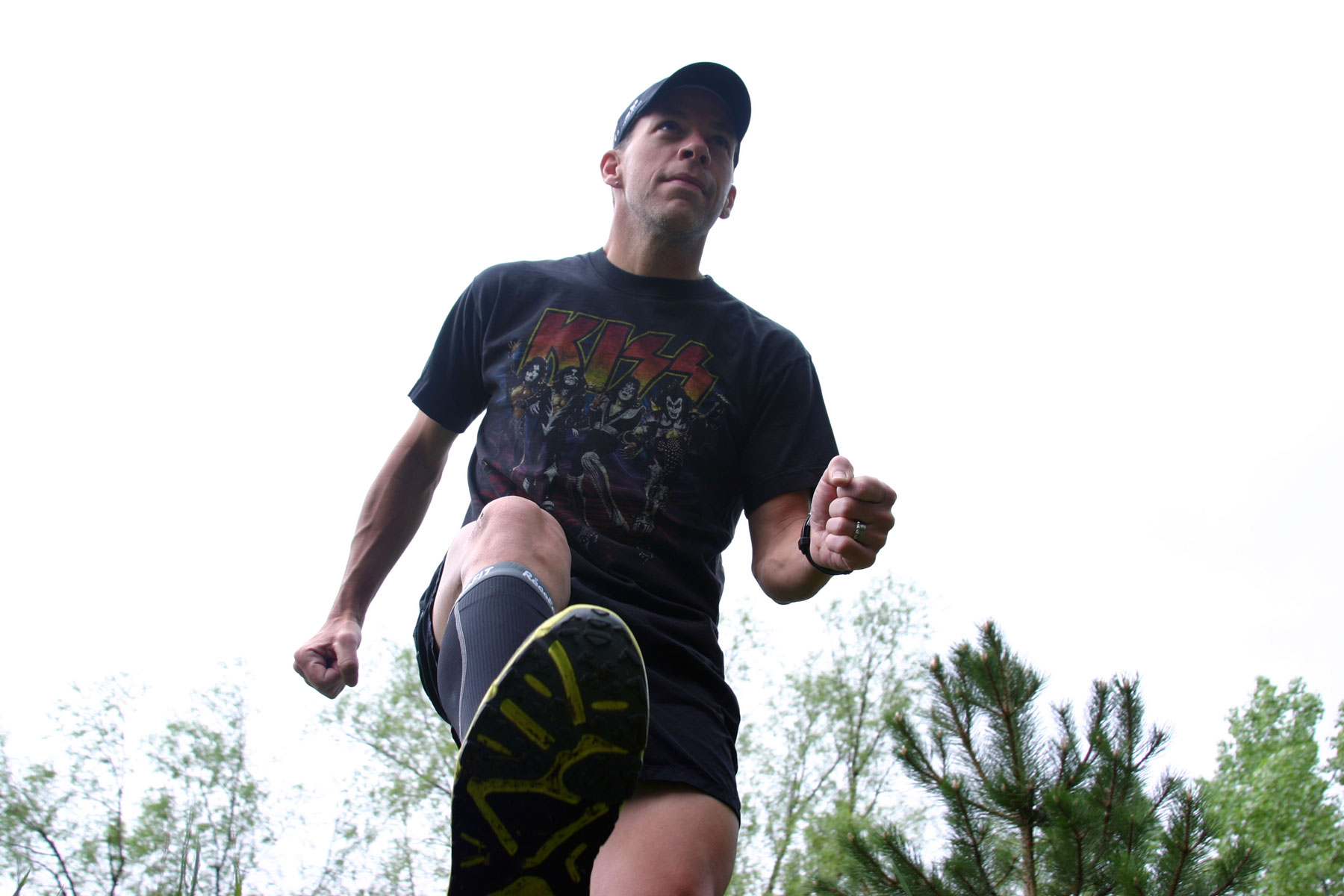
[…] Five myths about ultramarathons. […]